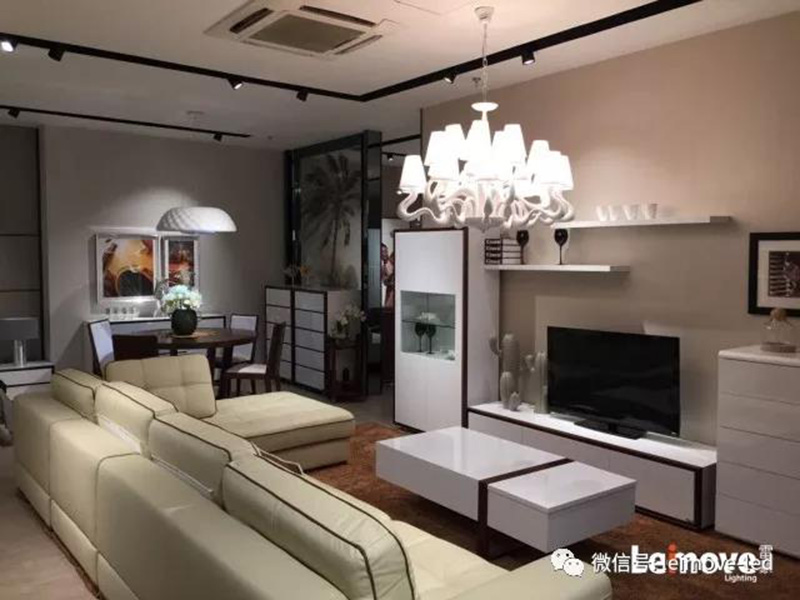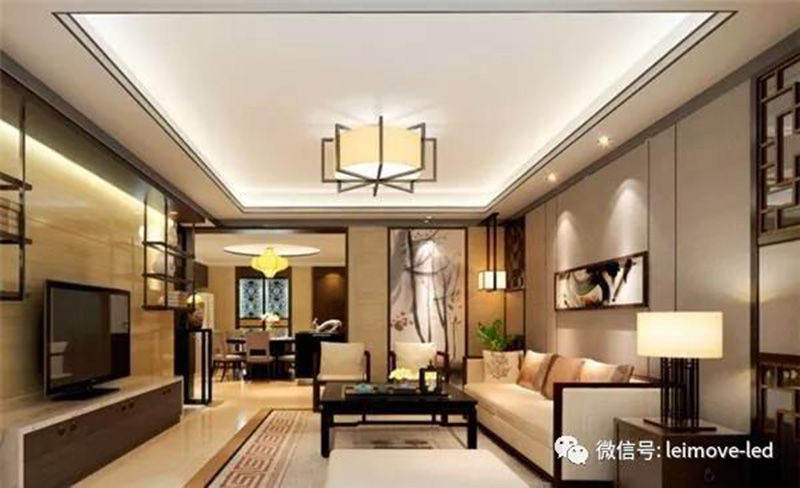Interior lighting is a basic element to create a certain atmosphere, but its main function lies in providing lighting effects. Therefore, lighting does not only extend the natural light, but also makes full use of the combination of light and darkness in the decoration of buildings. The combination of light and shadow creates a comfortable and beautiful lighting environment. As a result, people are paying more and more attention to interior lighting design. The following is introduction of principles for interior lighting design and selection techniques for interior lighting.

1、Security
Lighting installation places are frequent places for people to do indoor activities, so security&protection is the first place. To achieve it, the lighting design must be safe and reliable, and there should be strict safety measures such as protection against electric shock and short circuit, and construction must be carried out in strict accordance with the specifications to avoid accidents.
2、Rationality
It’s unwise to just seek quantity of lighting. Actually, it’s crucial to use lighting in a scientific and rational way. Lighting design aims to meet people's visual and aesthetic needs, so as to show practical and appreciation value of interior space, and to achieve the unity of usage functions and aesthetic functions. The flashy lighting can not add icing on the cake but make a contrary effect, causing power consumption and economic losses. It even causes light pollution and become detrimental to people’s health.
3、Functionality
Lighting design must meet the requirements of the function. Lighting methods and lamps should be chosen according to different space and objects, and to ensure proper illumination and brightness. For example: the lighting design of the living room should adopt vertical lighting since it requires uniform brightness distribution to avoid glare and dark areas; the indoor display, generally using strong light to emphasize its image, whose brightness is 3- 5 times brighter than the general lighting, so as to to enhance the artistic appeal of furnishings by using colored light.
4、Aesthetics
Lamps are not only used for lighting, but also have become indispensable accessories for interior space because of their arts in shape, material, color, and proportion. Through reasonable control of brightness, shadow, strength and etc. and various methods such as transmission, reflection, and refraction to create artistic atmospheres of different styles, which adds rich and colorful elements to people's living environment.

First, confirm the illumination.
Different illumination is used in different places such as the living room, bedroom, study, foyer, kitchen, hallway, balcony, bathroom, etc.
Second, reasonable configuration for lighting.
Different space, style and decoration style should adopt different lighting style.
Third, pay special attention to the color of the lamp the light.
Different colors show different personalities and habits and express different emotions, which can cause people’s different emotions reflection, thus improving efficiency of work and learning and quality of life.
In summary:
The principles of interior lighting design and selection techniques for interior lighting are all introduced, and sincerely hope its helpful.

